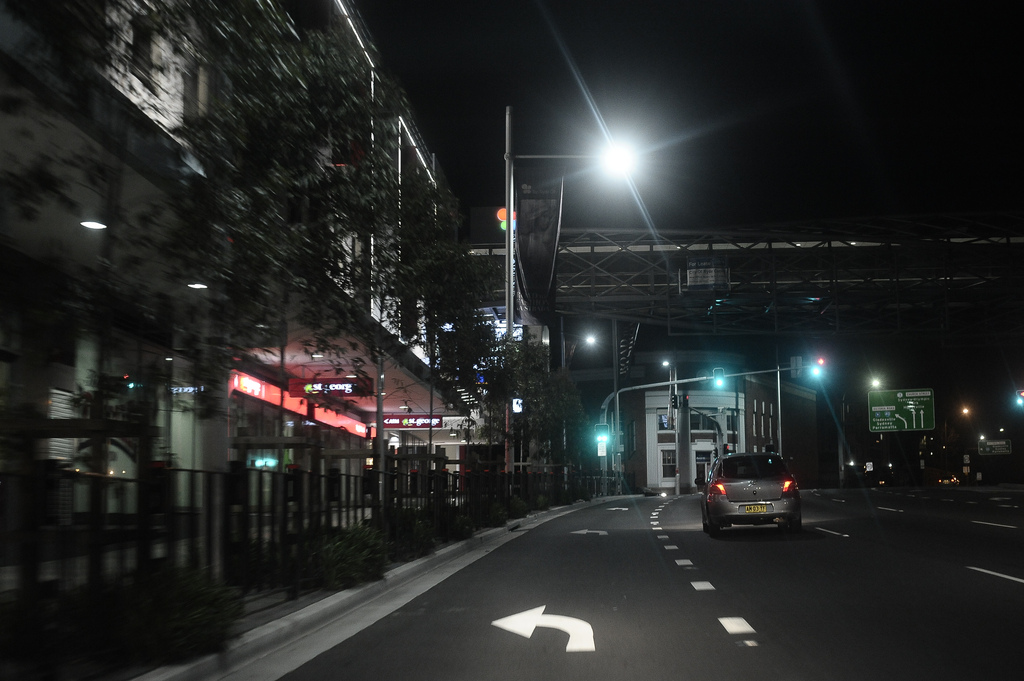What You Need to Know to be Safe on the Road After Dark
When it comes to driving, there are no bad cars – simply poor drivers who do not stay alert and safe while behind the wheel. This seems to become a more prevalent problem once the sun goes down and according to a survey done by the National Safety Council, death rates from car accidents increase by three times during the moonlight hours. Since the risk of being in an accident at night is so much higher, it is important to employ some important night driving safety tips.
Tip #1: Know How to Properly Use Your Headlights
The general rule of thumb for headlights is that they should be turned on at least one hour before sundown and remain on through one hour after the sun comes up (assuming you are on the road during these times). Using headlights, even when it is not completely dark outside, helps to increase your visibility as a driver and also make your vehicle more visible to others on the road. Additionally, make sure to be courteous when using high beams – if you see an oncoming car make sure to turn your high beams off, making it easier for them to see the road.
Tip #2: Keep Your Windshield Clean
We all know how important it is to keep the exterior of our windshield clean and free of debris so we can see, but at night, the interior of the windshield can be the point of concern. Make sure to keep the interior of your windshield clean, especially if you will be driving at night – headlights from oncoming traffic and street lamps can cause a serious glare on a dirty windshield, so keeping it clean is important when it comes to making sure you are able to see what is around the vehicle clearly.
Tip #3: Be Highly Aware of Animals on the Road
Deer can be an especially big problem for nighttime drivers who are not paying close attention to their surroundings. If you see a deer crossing sign, make sure to stay hyper alert of the area – if you see one deer cross the road, chances are more are behind it since deer tend to travel in packs so slow down and be careful of more deer who may try to cross. If a deer is stopped in the middle of the road, try flashing your lights or lightly honking the horn to encourage the animal to move along. You should obviously also keep an eye out for other wildlife that may enter the roadway at night.
Tip #4: Keep Up with Car Maintenance
Your vehicle breaking down can be dangerous any time of day, but having it breakdown at night is especially treacherous. Make sure to keep up with all car maintenance including oil and filter changes, engine checks, and tire rotations in order to ensure you will not get stranded. If your car does break down during the night, make sure to pull it as far into the shoulder as possible, turn on the vehicle’s four-way flashers and set out emergency flares if you have them. This will ensure that other drivers see you pulled over on the side of the road and will help avoid an unnecessary accident.
Would you like to practice driving at night? Schedule some lessons with Training Wheels, a Pomona driving school. If you would like to learn more about Training Wheels or schedule an appointment, please click here.
*Photo Courtesy of sexyninjamonkey via Creative Commons License

